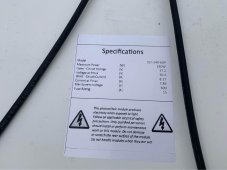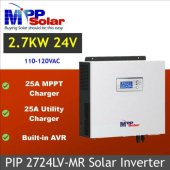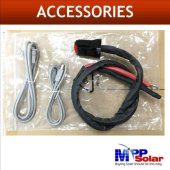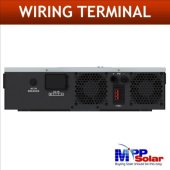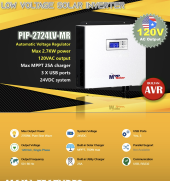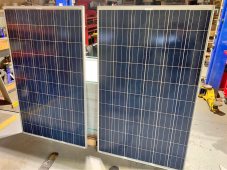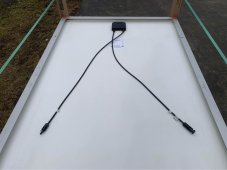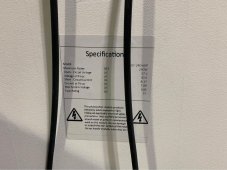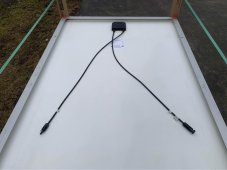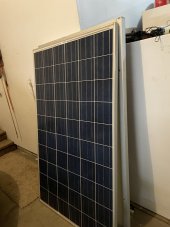I don’t see why not. I’m partial to hardwired stuff, but I’m an electrician…
Thank you for the response. My only concern was it being underpowered. I'm with you on the hardwired stuff, it's just I'm in no way an electrician and taking my first step here.
In about a week I'll be purchasing the stuff and will post it here, if it helps anyone.



